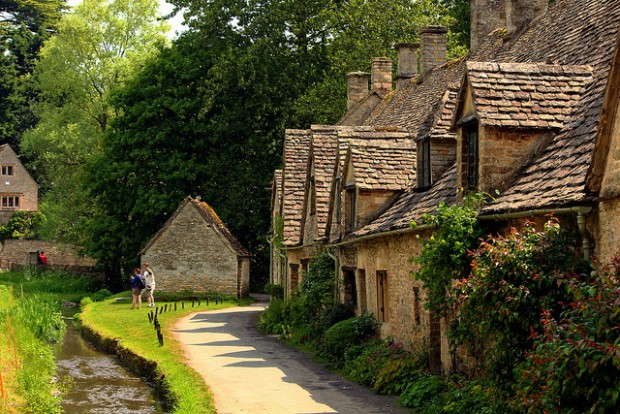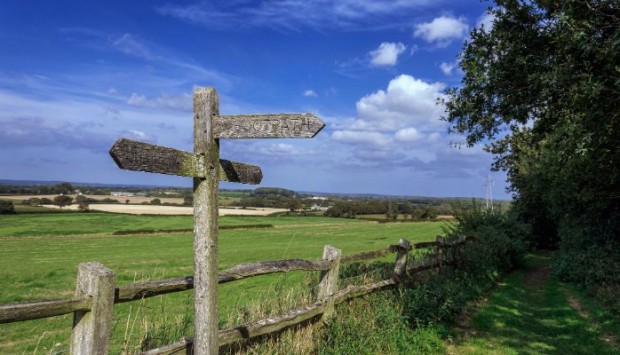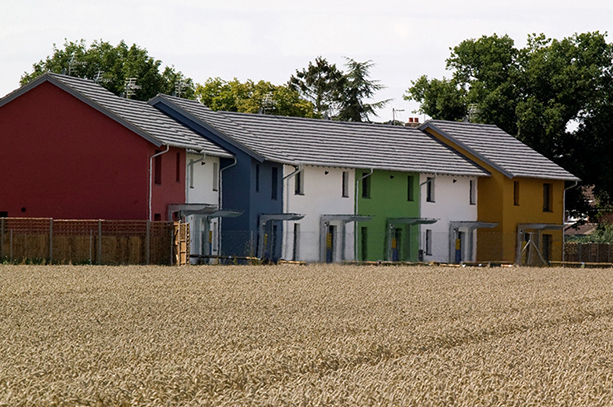With all the talk of devolution and city mayors, you’d be forgiven for thinking the future is urban.
According to DEFRA, the rural economy contributes £211bn directly to the UK economy. And over a quarter of all businesses are based in rural locations. And, perhaps thanks to the rollout of high speed broadband, early-stage entrepreneurial activity in rural locations is higher than in urban areas, and at a similar level to Inner London.
But there are many challenges. Those rolling hills and village greens attract retirees moving to the countryside for a quiet life, as well as large amounts of second home owners. Estimates suggest there is a net inward migration of around 50,000 people per year to rural areas.
The risk is that local people can be priced out. If there aren’t sufficient homes that are affordable for people on lower incomes, there is a real danger that local schools will shut, the Post Office will close, the bus service will cease and gradually all local amenities will shut down.

In Toller Pocorum, a village in Dorset, a new HCA-funded development isn’t only providing much needed new homes, but a new post office too - a village lifeline that was previously run from a neighbour’s lounge.
So why should we care about rural housing? Because, as Sue Chalkley from Hastoe Housing Association told us recently, there is a very serious need:
A lack of reasonably priced housing, and housing for those in need, impacts on people who live and work in the village, who very often form part of a self-sustaining network that can support each other with things like child care, or caring for the vulnerable or elderly. Businesses struggle and even schools find it hard to attract or retain teachers, because of local house prices.
So what are we doing?
We need to be innovative, and maintain as many tools as possible. There is no ‘silver bullet’, but exception sites, Section 106 contributions, cross subsidy and custom build are all tactics we must continue to use, and make work.
Community land trusts are another example: a group of local people that take charge of a development by setting up a not-for-profit organisation that owns, manages and develops land, homes, shops, pubs, and even allotments. These are then held in a trust, so they are affordable and available for future generations.
Beer Community Land Trust in East Devon decided to go it alone and, with £200,000 funding from the HCA, built 7 houses in just 10 months.
In Hemyock, Somerset a community land trust scheme helped to create 12 affordable homes for families with a strong local connection to the village.
Clare lives in a two-bedroom house in the new Hemyock development, paying affordable rent, with her 3 year old daughter.
The numbers might be small, but the impact is great.
In Osmotherly on the North Yorkshire Moors, a similar scheme has transformed the lives of its new residents. One young couple, both working for local charities, were forced to live outside the village in the private rented sector, paying large bills. Their new home is highly energy efficient, meaning both bills and rent are now manageable. They can now bring up their family close to their work and local schools.
High quality design
High utilities bills can also be a problem in rural areas, particularly where a village is off gas. Oil fired or electric heating can be expensive and unpredictable. Clever design can help. Hastoe’s development at Wimbish has been built to Passivhaus or 'Passive House' standard, an approach to environmental sustainability that tackles fuel poverty.
They were also the first housing association to build a small development out of straw bales, sourced from a local farm. Part-funded by the HCA, the four houses in High Ongar, Essex, have exceptional insulating properties. Residents benefit from fuel costs nearly 90% lower than a similar home, made from regular materials.
So what is the future?
With devolution firmly on the agenda, the concern is that devolved areas might be solely focused on large urban schemes that can deliver big numbers. So we need to be innovative, but we also need to work together. The Rural Housing Advisory Group encourages partners to collaborate in order to deliver high quality schemes, and this needs to continue. By bringing together parish councils, land owners, local authorities, registered providers and housing associations, we can achieve affordable rural homes. And protect communities for years to come.

